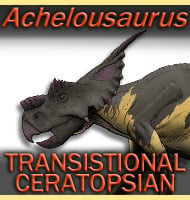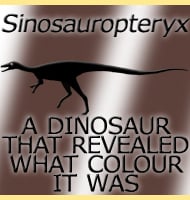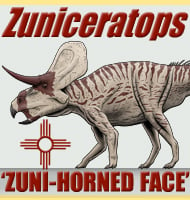Achelousaurus
In Depth Achelousaurus may represent something of a transition as even though it has two distinct horns that rise from the top of its neck frill like in Einiosaurus, it has a large nasal boss as seen in Pachyrhinosaurus. This is why Achelousaurus has been considered a transitional form that links these two ceratopsian dinosaurs … Read more



